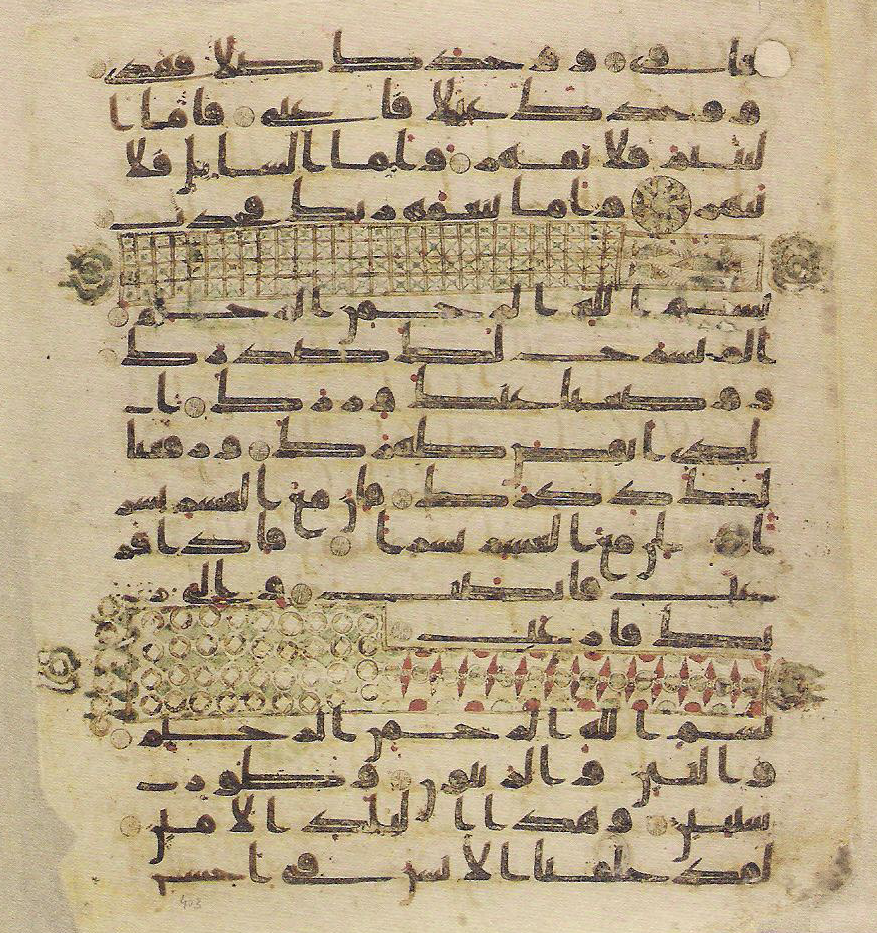
THE HISTORY OF ARABIC CALLIGRAPHY
Arabic calligraphy is the artistic practice of handwriting and calligraphy based on the Arabic alphabet. It is known in Arabic as khatt (Arabic: خط), derived from the word 'line', 'design', or 'construction'. Kufic is the oldest form of the Arabic script.
The exact origins of the Arabic manuscript are widely debated, whether it stems from writing in the early languages of Aramaic, Nabatean, or Syriac. The first use of the actual writing can be traced to the 6th century mostly preserved from papyrus in Egypt. The manuscript was originally developed for the purpose of communicating ideas and theories across the Arab world and far and wide Islamic civilizations. A large amount of what is preserved is graffiti from the Arab World or coins or engravings. However, the script was not widely used because of the common tradition to pass down stories orally.
The development of the actual art of calligraphy dates back to the 7th century, where the deep devotion to the words of the Quran were translated into a beautiful transcription. There are strong ties to Islam given the common belief that the most pure and original form of Arabic (FusHa/فصح) comes from the Quran. After the spread of Islam, calligraphy was used to preserve the Quran in written form. Consequently, scholars argue the title “Islamic Calligraphy” is more appropriate than “Arabic Calligraphy” considering its deep-seated roots to religion and development in Persia, Turkey, and other non-Arabic-speaking regions.
ARABIC ALPHABET
The Arabic Alphabet consists of 29 consonants and 11 vocalization marks in the shape of accents. The basic structure of the alphabet can be found in only 19 basic shapes. But since the letters change their shape according to their position in the word (initial, medial, final or isolated) then the set of glyphs will add up to 106 (since 23 letters have 4 alternative shapes and 7 letters have 2 alternative shapes). If we add the 2 indispensable ligatures of Lam Alef then the number will be 108. Finally, since the Arabic alphabet is also used in some non-Arab languages, more alterations to the letter were made to represent all the added non-Arabic phonetics which leaves the number of glyphs at 130. Moreover, the number of glyphs can increase even more if we also count all kinds of combinations within the letters if the typeface need to fully mimic the calligraphic hand written Arabic script. So according to each typeface, the number of glyphs can start with 130 and end in hundreds.
Many letters look similar but are distinguished from one another by dots (ʾiʿjām) above or below their central part (rasm). These dots are an integral part of a letter, since they distinguish between letters that represent different sounds. For example, the Arabic letters ب (b), ت (t) and ث (th) have the same basic shape, but have one dot below, two dots above and three dots above, respectively. The letter ن (n) also has the same form in initial and medial forms, with one dot above, though it is somewhat different in isolated and final form.
Both printed and written Arabic are cursive, with most of the letters within a word directly connected to the adjacent letters.
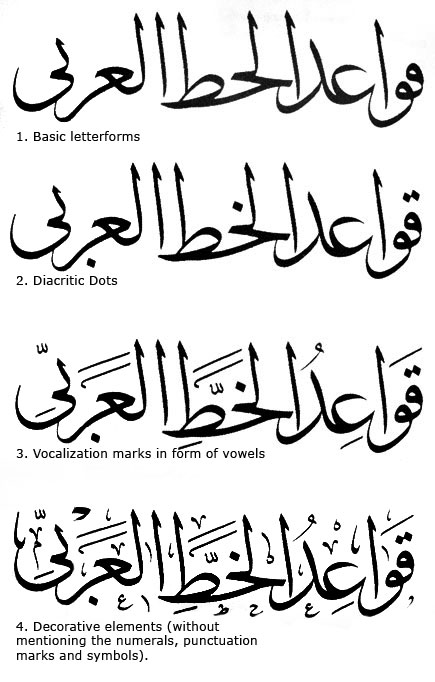
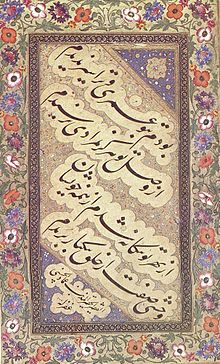
Nasta'liq calligraphy of a Persian poem by Mir Emad Hassani
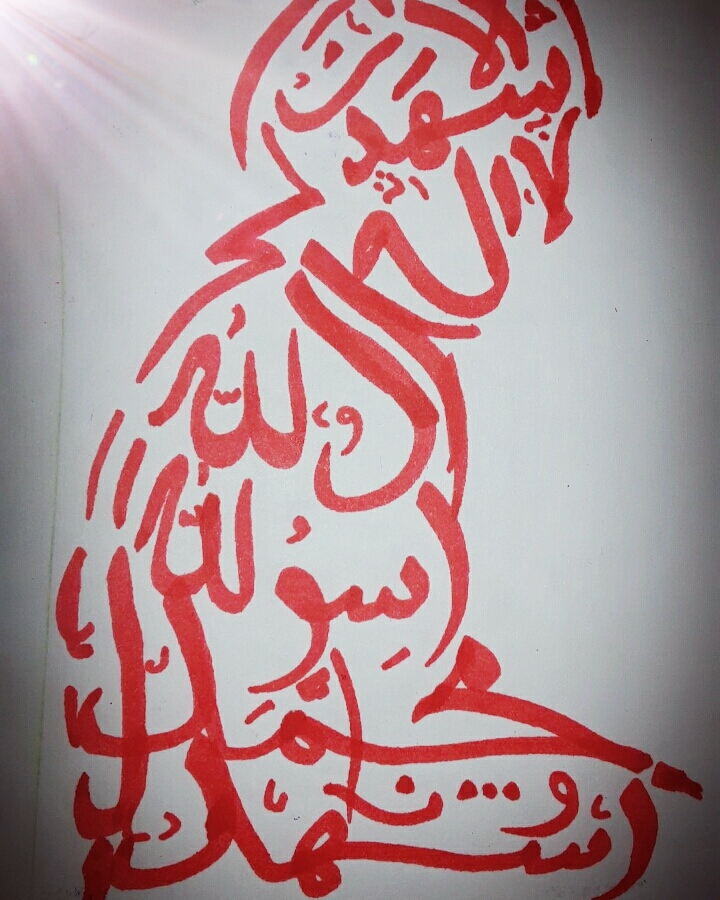
Arabic Calligraphy by Fathima Habna
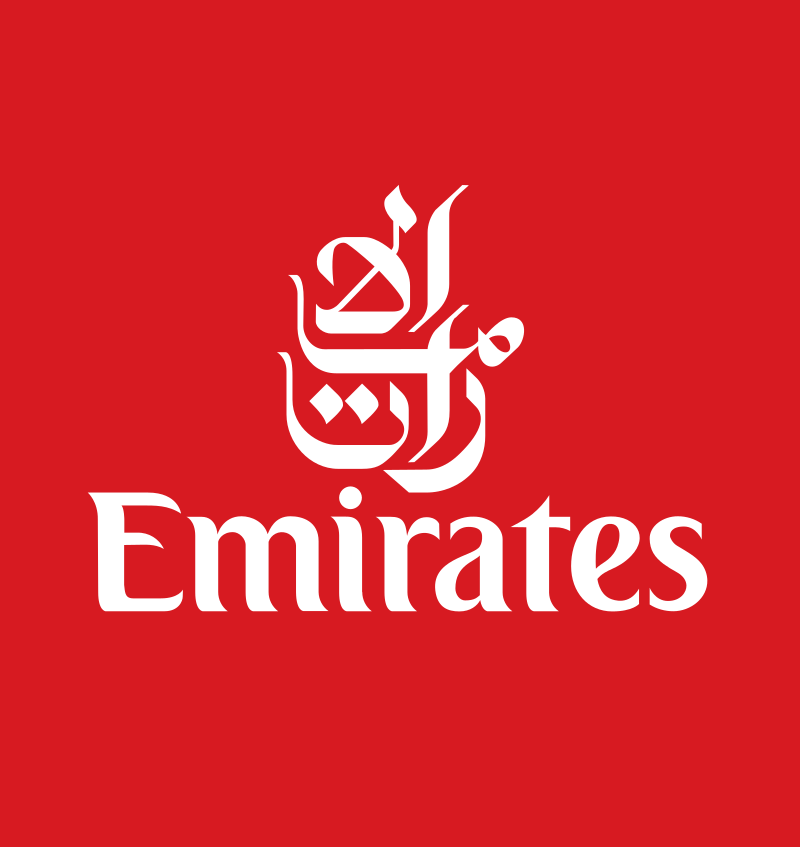
The Emirates logo is written in traditional Arabic calligraphy
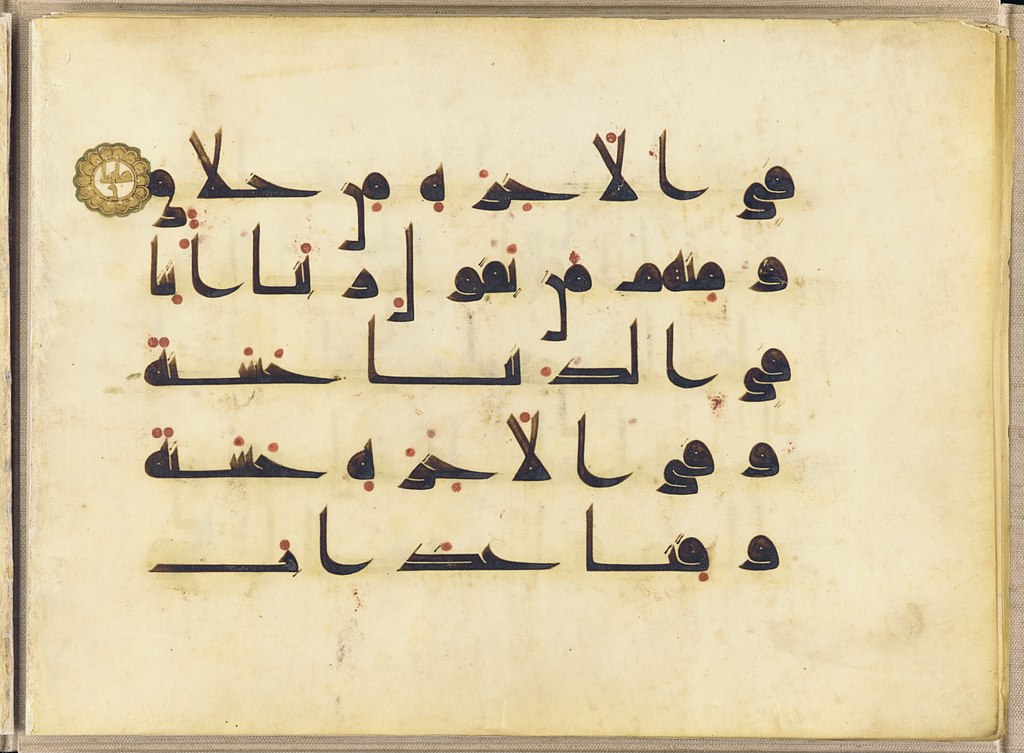
The Basmala in an 18th-century from the Ottoman region